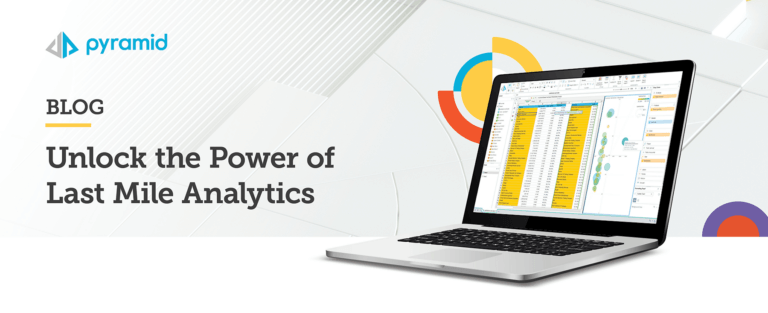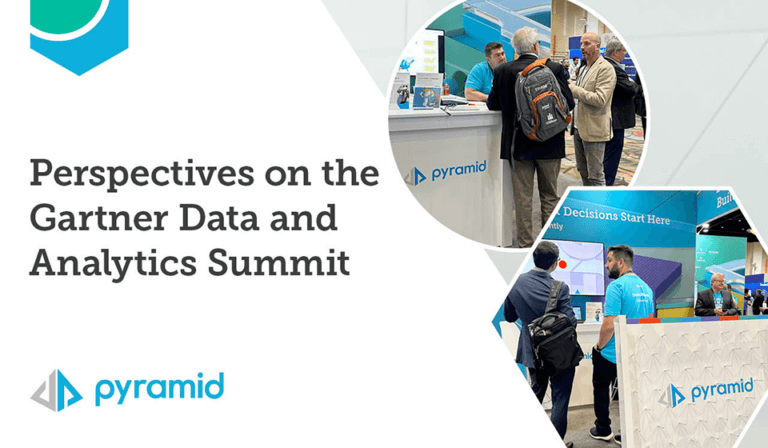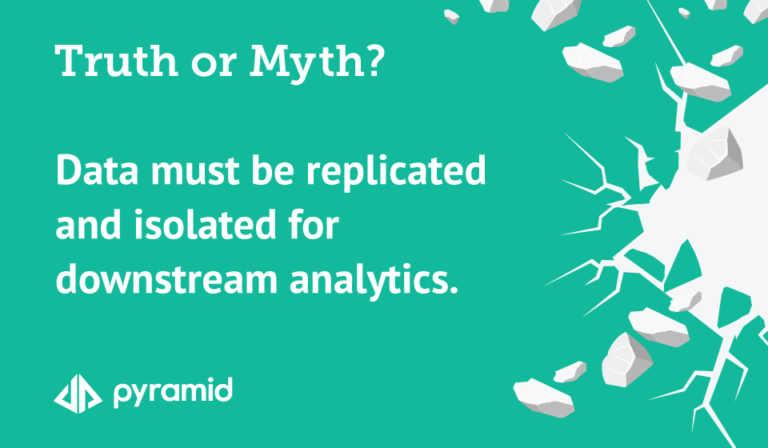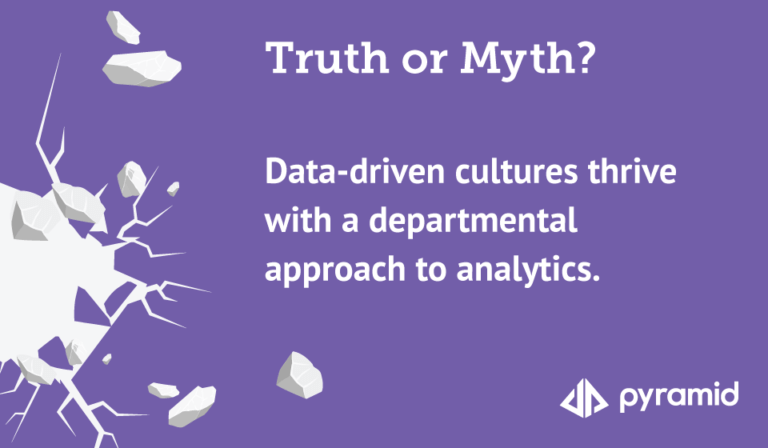We are in a transformative time in business. With today’s digital technologies, business leaders are re-imaging what they can do in a mobile-first, cloud-first world. They are exploring new ways to create and capture value, and they are looking to fuel that innovation through data-driven insights.
But the right path to becoming a data-driven organization—one that makes business analytics universally available and valuable for all its employees—isn’t always clear. And it’s certainly not the same for everyone.
We’ve all heard about the public cloud as one option, offering great benefits with lower operational costs, better utilization rates, higher elasticity, stronger security, and greater reliability. But many organizations today cannot use the public cloud for their business intelligence solutions.
Maybe you’re a healthcare organization faced with security concerns over confidential consumer information. Maybe you’re a state or local government agency with stringent regulatory requirements and limited funds. Or maybe you’re a retailer or financial institution with serious investments in existing on-site legacy systems in your stores or banks.
Because of regulatory restrictions, security concerns, and administrative issues, many IT professionals are looking more closely at the underlying challenges of public cloud solutions.
So what should you know about the public cloud to help decide what’s right for your business?
Join us on June 30 as independent BI consultant Chris Webb and Pyramid Analytics Vice President of Product Marketing Peter Sprague discuss the various options for business analytics—public, private and on-premises—and why on-premises solutions continue to be a key part of an organization’s business intelligence roadmap.
In our webcast, they will share a number of public cloud limitations you might not have considered, including:
- Issues with refreshing data on a regular basis
- End User License and Service Level Agreements that affect deployment decisions
- Losing the ability to choose where data is located
- Complicated processes for defining user-specific data access
- Hybrid access challenges
- Accessing web data sources can be harder than it appears
Don’t miss this important webinar to learn which path to data-driven insights is right for you!
Register now












